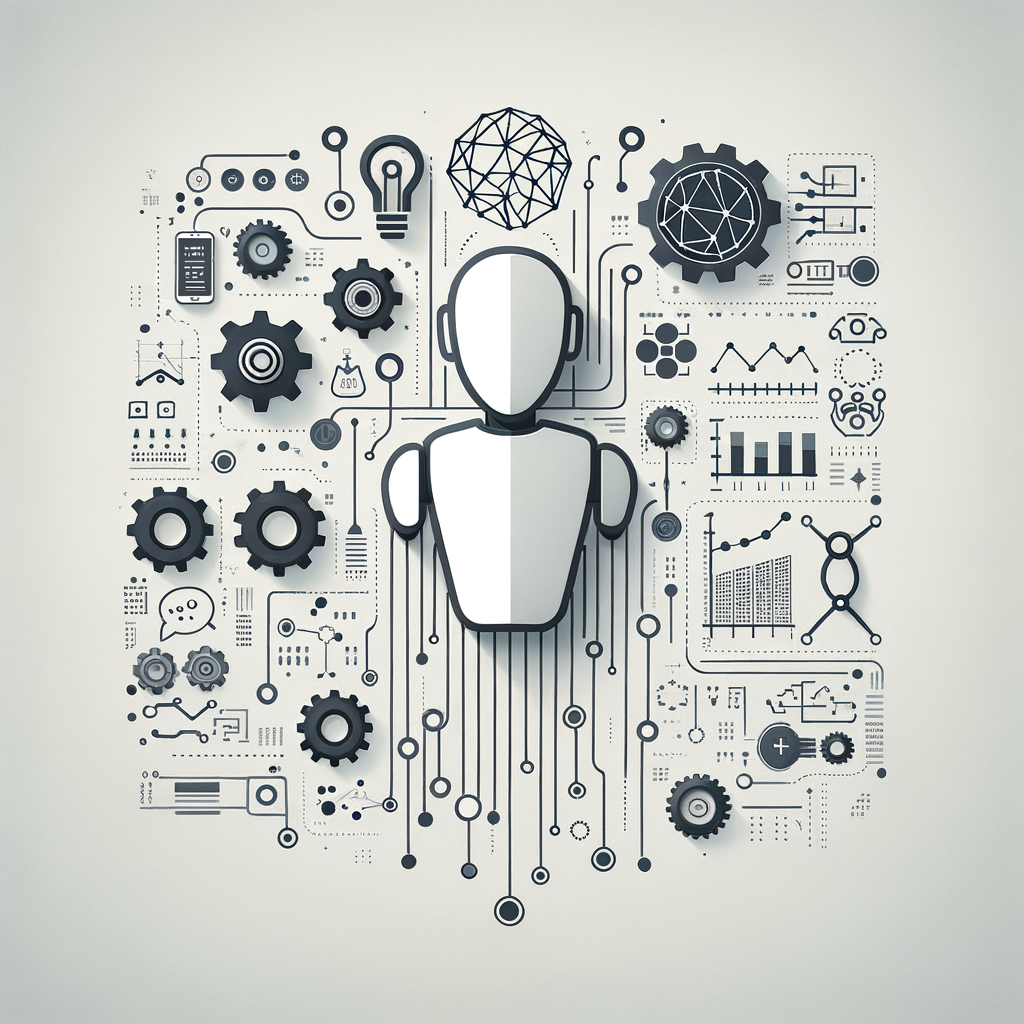
Beyond Automation: Crafting the Future with AI-Driven Workflow Design
Dive into the innovative world of AI-driven workflow design, where automation meets creativity. This blog explores how advanced AI technologies are reshaping workflow management, enabling more efficient and intelligent systems in various industries. From AI’s role in decision-making to enhancing user experience and productivity, discover how AI-driven workflows are setting new standards for operational excellence.
Beyond Automation: Crafting the Future with AI-Driven Workflow Design
In today's rapidly evolving technological landscape, automation is no longer just a buzzword; it is an integral part of our daily lives and business operations. However, automation for the sake of efficiency is not the end goal. We are entering an era where AI-driven workflow design is taking center stage, blending automation with creativity, intelligence, and decision-making capabilities.
The Evolution of Workflow Automation
Workflow automation has its roots in the Industrial Revolution, where machines were first used to replace manual labor. Over the years, this concept has evolved significantly, integrating software automation, robotic process automation (RPA), and now, artificial intelligence. The latest advancements incorporate AI algorithms that can learn, adapt, and make informed decisions within a workflow, taking efficiency to new heights.
What is AI-Driven Workflow Design?
AI-driven workflow design extends beyond traditional automation by embedding advanced artificial intelligence techniques into the operational processes. Unlike standard automation, where tasks are triggered and executed based on pre-set rules, AI introduces elements of learning and adaptability. With AI, workflows can dynamically alter their paths based on the data inputs and outcomes, offering a level of customization and intelligence that was previously unattainable.
Key Features of AI-Driven Workflows
-
Adaptive Processing: AI-driven workflows can adapt to varying circumstances. For instance, in customer service, an AI system can modulate its responses based on the customer's tone and past interactions.
-
Predictive Capabilities: Through machine learning, workflows can predict outcomes and potential roadblocks, adjusting tasks to prevent issues before they occur.
-
Data-Driven Decision Making: These systems leverage vast amounts of data to make accurate decisions quickly, improving both speed and quality of operations.
-
Continuous Improvement: AI systems can continually learn from their experiences, leading to progressively better performance over time.
Implementing AI-Driven Workflows
To successfully implement AI-driven workflows, organizations must first understand their existing processes and identify areas where AI can add value. This often involves integrating AI with existing IT infrastructure and ensuring data availability and integrity.
Steps to Adoption
-
Identify Opportunities: Evaluate where AI can enhance existing processes. This could be in areas of high volume, such as data entry, or in demanding tasks like strategic decision-making.
-
Data Integration: Ensure that there is a robust data management system in place. For AI to be effective, it requires access to accurate and real-time data.
-
Prototype and Experimentation: Begin with pilot projects to test the effectiveness of the AI-driven processes and refine the approach as needed.
-
Scale and Optimize: Once successful, scale the solution while continually monitoring and optimizing the workflow for efficacy and efficiency.
Industries Transformed by AI-Driven Workflows
Several industries have embraced AI-driven workflows with transformative impacts:
-
Healthcare: AI-driven processes in hospitals and clinics are revolutionizing patient care, from diagnostics to treatment plans, enhancing both speed and accuracy.
-
Manufacturing: With AI, factories operate with unprecedented efficiency, detecting equipment failures before they happen and optimizing production lines in real-time.
-
Banking: Financial institutions employ AI workflows for fraud detection and personalized customer service, maintaining security while enhancing customer satisfaction.
-
Retail: AI helps in inventory management, predictive restocking, and personalizing shopping experiences, thus improving both backend operations and customer interactions.
The Future of AI Workflow Design
Looking forward, AI-driven workflow design is poised to become even more integral to business strategy. Future enhancements will likely focus on further improving AI’s decision-making capabilities, integration with quantum computing, and expanding the scopes of application.
AI's ability to seamlessly integrate into various platforms and devices will ensure that workflow design is both comprehensive and flexible, adapting to future needs and paving the way for innovations previously thought inconceivable.
Conclusion
The marriage of AI and workflow design represents an exciting frontier in technological advancement. As we continue to harness the potential of AI, the future holds limitless possibilities for more efficient, intelligent, and creative workflows that redefine the standard of operational excellence. Embracing this new era requires not only understanding AI but also reimagining how workflows can be designed to leverage AI’s full potential.